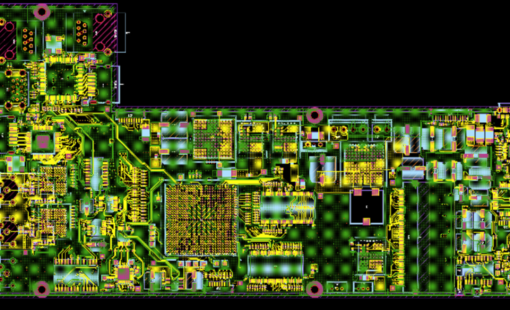
- Blog
What do you do if your next project is high speed, with exceptionally stringent EMI requirements, and has to be complete in less time than you’ve ever developed a product before? When the Ontec team found themselves facing that predicament, they turned to Zuken. Why?
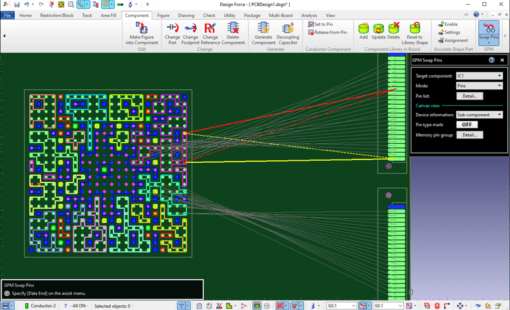
- Blog
CR-8000 2020 is Zuken’s flagship PCB design platform, and I’m pleased to share some of the most exciting details of the new product release with you. But before we get into the new product release discussion, you may be wondering why we call it a platform and not a tool. CR-8000 2020 has all the bells and whistles for electronic subsystem development.
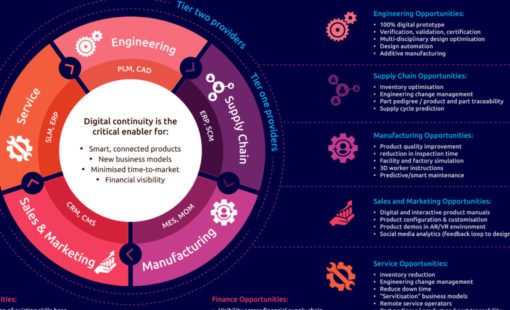
- Blog
In the race to industry 4.0 consistent data is vital for successful digitalization. One of the biggest threats are data silos. Data silos describe the storage of data that remains under the control of one department. Therefore it is typically isolated from the rest of the organization or lives on network folders that have no access control, read-and-write or version control.
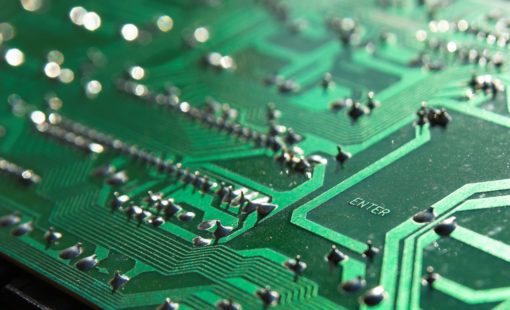
- Blog
In today’s global value chains, data exchange and re-reuse are vital to support collaboration and productivity. But most data formats are proprietary. For any organization with an extensive database of ECAD data, the need for data migration will eventually arise.
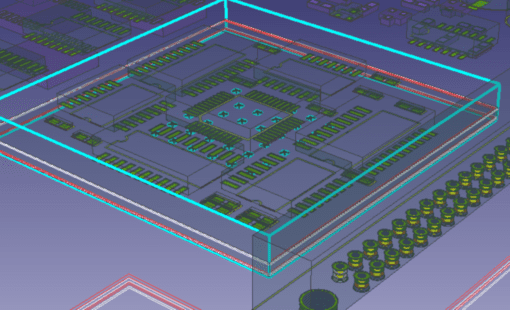
- Blog
The benefits of developing all boards of a system concurrently on a single CAD canvas. Stacking PCBs, as opposed to connecting with cables, in multi-board design is a current and highly popular trend, as manufacturing costs are reduced and reliability improved.

- Blog
Double Data Rate 5 (DDR5) is the next-generation standard for random-access memory (RAM). The new specification promises to bring chips that have much higher performance than the existing DDR4 modules, as well as lower power consumption. Let us show you how you can be first to market with DDR5!

- Blog
To keep a good high-speed signal quality from driver to receiver on a PCB is not an easy task for designers. One of the most challenging issues is managing the propagation delay and relative time delay mismatches. Let me take you through the process...

- Blog
What IC designers do to help us route high-speed PCBs

- Blog
PCB designers typically have little or no experience with SPICE applications. No worries, follow along with me and get to know your SPICEs!

- Blog
Do you know what a »Yogi-ism« is? Yogi-ism goes back to the name of the late Yogi Berra (1925 – 2015), an American professional baseball catcher, who was an 18-time All-Star and won 10 World Series championships – more than any other player in MLB history. After his career as a player, he turned to coaching, where he became famous for his “impromptu pithy comments, malapropisms, and seemingly unintentional witticisms, known as Yogi-isms”

- Blog
Every day, more and more of our lives become connected with IoT technology. With billions of smart products already out there.

- Blog
Did you know the expression ‘crosstalk’ stems from the days of telephone exchanges, as staffed by operators connecting parties who could sometimes and unintentionally hear someone else’s conversation? The talk was, literally, crossing over from one line to another.
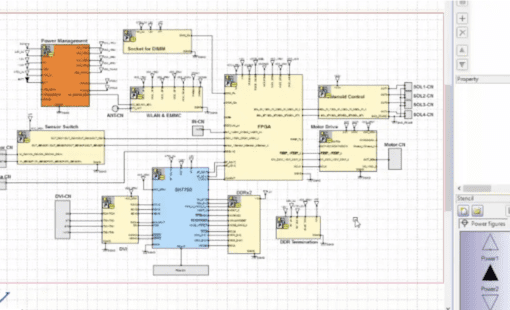
- Blog
Believe it or not, you can use your Circuit Block Library for architectural planning too!

- Blog
In part 1 of this blog we took a back-to-basics approach and discussed line impedance and its effects in signal integrity. As every electrical conductor comprises capacitance, an inductance, and a frequency-dependent ohmic resistance, and with increasing frequencies, these electrical characteristics will influence and distort the signal.

- Blog
Impedance and impedance control are some of the oldest and most discussed topics in PCB design. They are especially important in high-speed design related to signal integrity. In this, the first of a two-part blog, we’ll go back to the basics of impedance/impedance control and consider what influences line impedance. In part two, we’ll set about controlling it.

- Blog
It’s not often you spend your work day laughing AND learning. But that’s how it went for Zuken Europe’s first foray into filming videos with our customers.